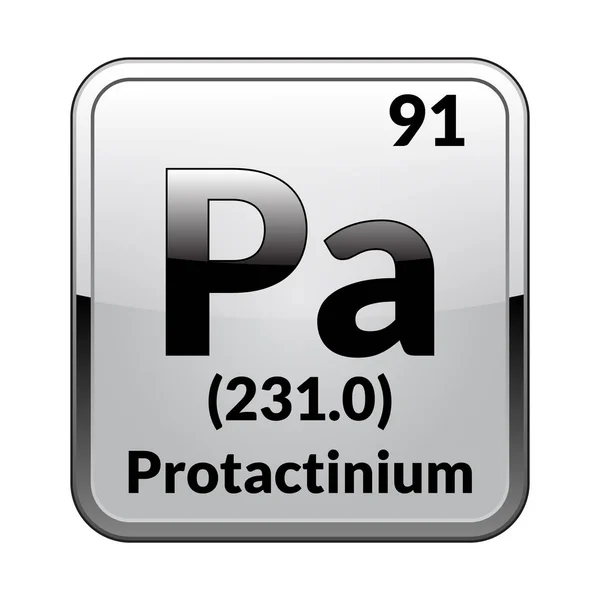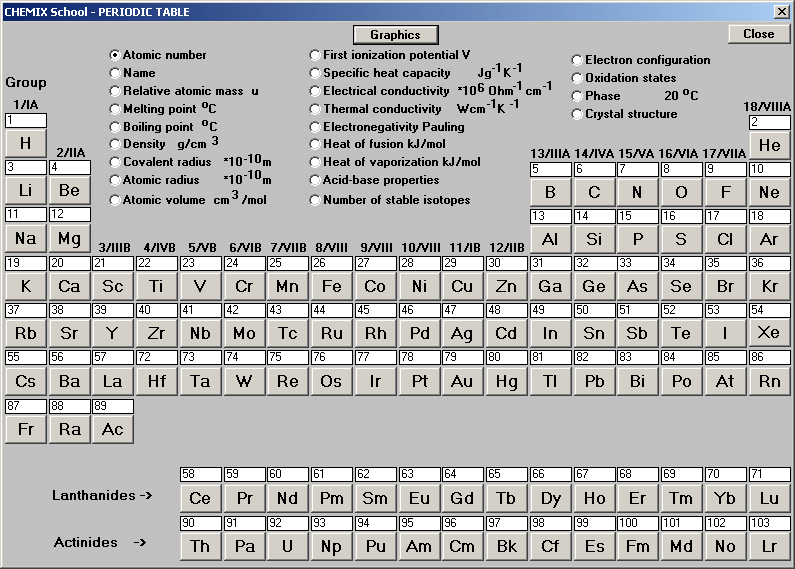
We can determine the number of neutrons as #14-6=8# neutrons.Įxample 2. Now write the isotopic notation for carbon-14. The name carbon-14 tells us that this isotope's mass number is #14#. Express your answers as formulas of the ions separated by commas. Isotope notation, also known as nuclear notation, is important because it allows us to use a visual symbol to easily determine an isotope's mass number, atomic number, and to determine the number of neutrons and protons in the nucleus without having to use a lot of words.Įxample 1: What is the isotopic notation for the isotope carbon-14?įrom the periodic table, we see that the atomic number (number of protons) for the element carbon is #6#. Give the formula (symbol with charge) of the cation in each of the following compounds: CuS, Ag 2 SO 4, Al (ClO 3) 3, Co (OH) 2 PbCO 3. Silver is a relatively soft metal which is ductile and conducts electricity. Silver nitrate is an inorganic compound with chemical formula AgNO 3.It is a versatile precursor to many other silver compounds, such as those used in photography.It is far less sensitive to light than the halides. However, because different isotopes have different numbers of neutrons, they can differ in mass number, which is the sum of the protons and neutrons in the nucleus. Silver’s chemical symbol Ag is an abbreviation of the Latin ‘Argunas’ Which means shining. Crystals of silver nitrate under a microscope. en) for all polyatomic ligands should be enclosed in ordinary parentheses.

Contrary to widely-circulated myths, the ligand's charge does not matter. All atoms of the same element have the same number of protons, which is the atomic number of that element. This is true regardless of whether the symbol is an element symbol (like C, N, O, etc.) or a symbol for the ligand name (bpy, en, MeCN, etc.). Sources, facts, uses, scarcity (SRI), podcasts, alchemical symbols, videos and images. Chemical equations have reactants on the left, an arrow that is read as 'yields', and the products on the right. Chemical reactions are represented by chemical equations. Most chemical compounds are usually balanced. A chemical reaction is the process by which one or more substances are changed into one or more new substances. If you look at the periodic table, you can find it next to cadmium ( Cd) and palladium ( Pd) in the transition metal section. The Germans tried very hard during the second World War but failed miserably. Silver Nitrate- AgNO3 has no charge since Ag (silver ion) has a +1 charge and NO3 (nitrate, a polyatomic ion) has a -1 charge 1+ (-1) 0. Sea water contains around 3 parts in a billion of gold, but there's never been found an economic means of recovering it. 28 other isotopes can be produced artificially and are all radioactive. An example is Ba(NO 3) 2.Isotopes are atoms of the same element that differ in the number of neutrons in their atomic nuclei. Element Argon (Ar), Group 18, Atomic Number 18, p-block, Mass 39.95. 100 of gold found naturally is isotope Au-197. The charge on an atom is related to its valence electrons or oxidation state. You can use this chart to predict whether or not an atom can bond with another atom. This is to show that the subscript applies to the entire polyatomic ion. Updated on JThis is a chart of the most common charges for atoms of the chemical elements. If more than one of a particular polyatomic ion is needed to balance the charge, the entire formula for the polyatomic ion must be enclosed in parentheses, and the numerical subscript is placed outside the parentheses. Interactive periodic table with up-to-date element property data collected from authoritative sources.


Murphy With contributions from Patrick Woodward. The rule for constructing formulas for ionic compounds containing polyatomic ions is the same as for formulas containing monatomic (single-atom) ions: the positive and negative charges must balance. Chemistry: The Central Science, Eleventh Edition By Theodore E.


 0 kommentar(er)
0 kommentar(er)
